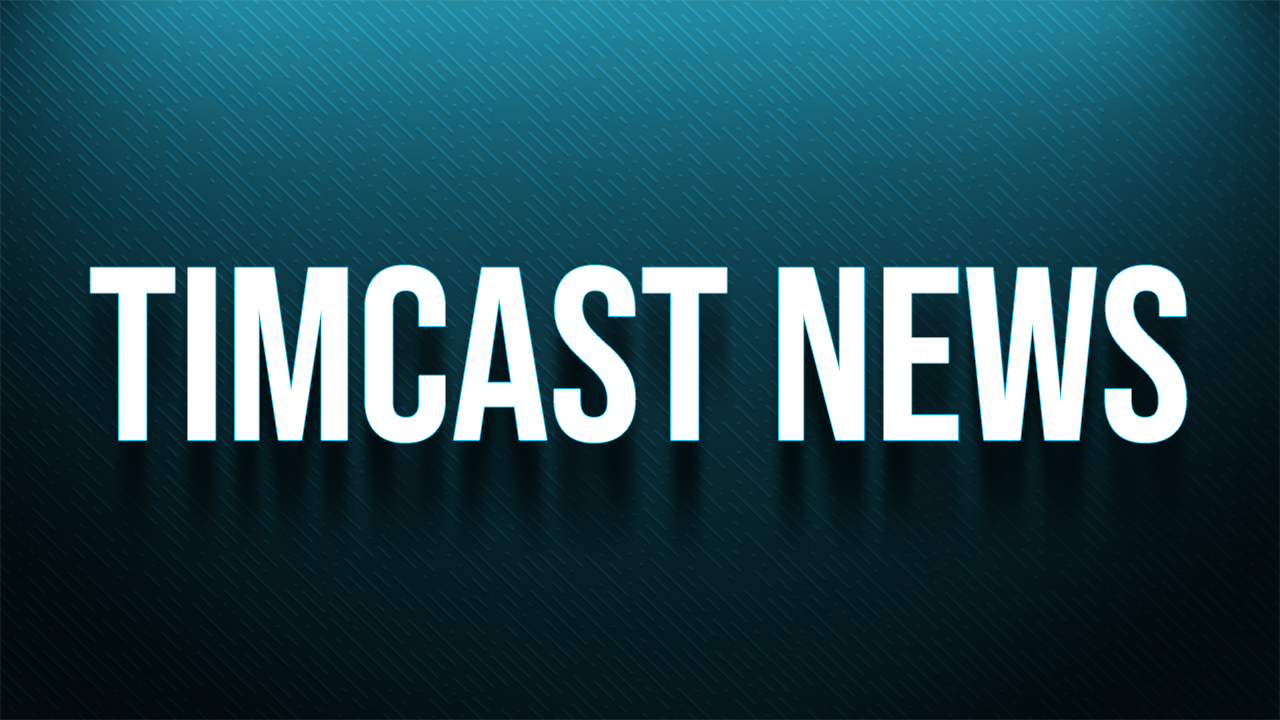The Federal Communications Commission announced Starlink has failed to demonstrate that it could deliver its promised service and will not receive government subsidies through the Rural Digital Opportunity Fund.
The agency rejected the company’s application for $885.5 million in federal funding.
“Consumers deserve reliable and affordable high-speed broadband,” FCC Chairwoman Jessica Rosenworcel announced on Aug. 10. “We must put scarce universal service dollars to their best possible use as we move into a digital future that demands ever more powerful and faster networks.”
Rosenworcel said that “Starlink’s technology has real promise” but that the FCC “cannot afford to subsidize ventures that are not delivering the promised speeds or are not likely to meet program requirements.”
She noted in her statement that a Starlink dish costs roughly $600. In addition to the upfront fee, Starlink charges $110 a month for internet service.
Starlink, officially known as Space Exploration Technologies Corp., had previously received just over $885.5 million on Dec. 7, 2020 at the initial auction.
“The denial isn’t a fatal blow to the company’s plans, but it makes clear that Starlink will have to rely on its own funding if it’s going to expand as outlined in 2020,” reports Engadget. “The FCC’s move might also serve as a warning to other would-be fund recipients. While the Commission is eager to improve rural broadband, it won’t grant money to internet providers without some close scrutiny.”
In the same December auction, LTD Broadband initially won just over $1.3 billion after entering 15 successful bids.
However, the FCC ultimately rejected LTD’s application after the company did not “receive eligible telecommunications carrier status in seven states, rendering it ineligible in those states for support” and the agency found LTD “was not reasonably capable of deploying a network of the scope, scale, and size required” during a review.
The RDOF is a $20.4 billion fund established to finance establishing internet services in underserved areas that private companies consider too expensive or distant to operate.
“The Rural Digital Opportunity Fund will ensure that networks stand the test of time by prioritizing higher network speeds and lower latency, so that those benefitting from these networks will be able to use tomorrow’s Internet applications as well as today’s,” said the Interagency Working Group on Coal & Power Plant Communities & Economic Revitalization.
According to the FCC, the RDOF program has already authorized $5 billion in funding which has led to fiber gigabit broadband service in 47 states. The program has impacted over 3 million locations nationwide.
Senator John Thune of South Dakota, the ranking member of the Subcommittee on Communications, Media, and Broadband, has said the “federal government lacks an overarching broadband strategy” despite billions of dollars in appropriations.
“As a longtime member – and former chairman – of the Senate Commerce Committee and as a resident of a rural state, I have long been focused on expanding rural broadband access and ensuring that the benefits of the next wave of mobile broadband, 5G, are fully realized in rural communities,” Thune said at a hearing on June 16. “Too often, rural areas like those in my home state of South Dakota have lagged behind when it comes to getting the most modern internet technology. And I am committed to ensuring that the full benefits of next-generation technologies make their way to rural communities.”

